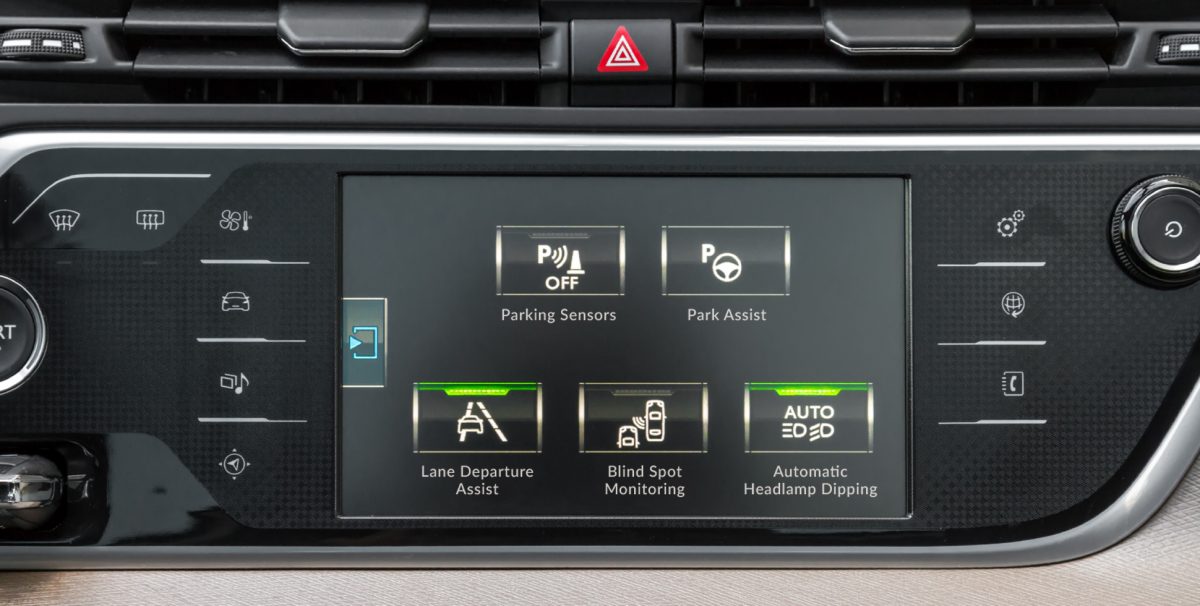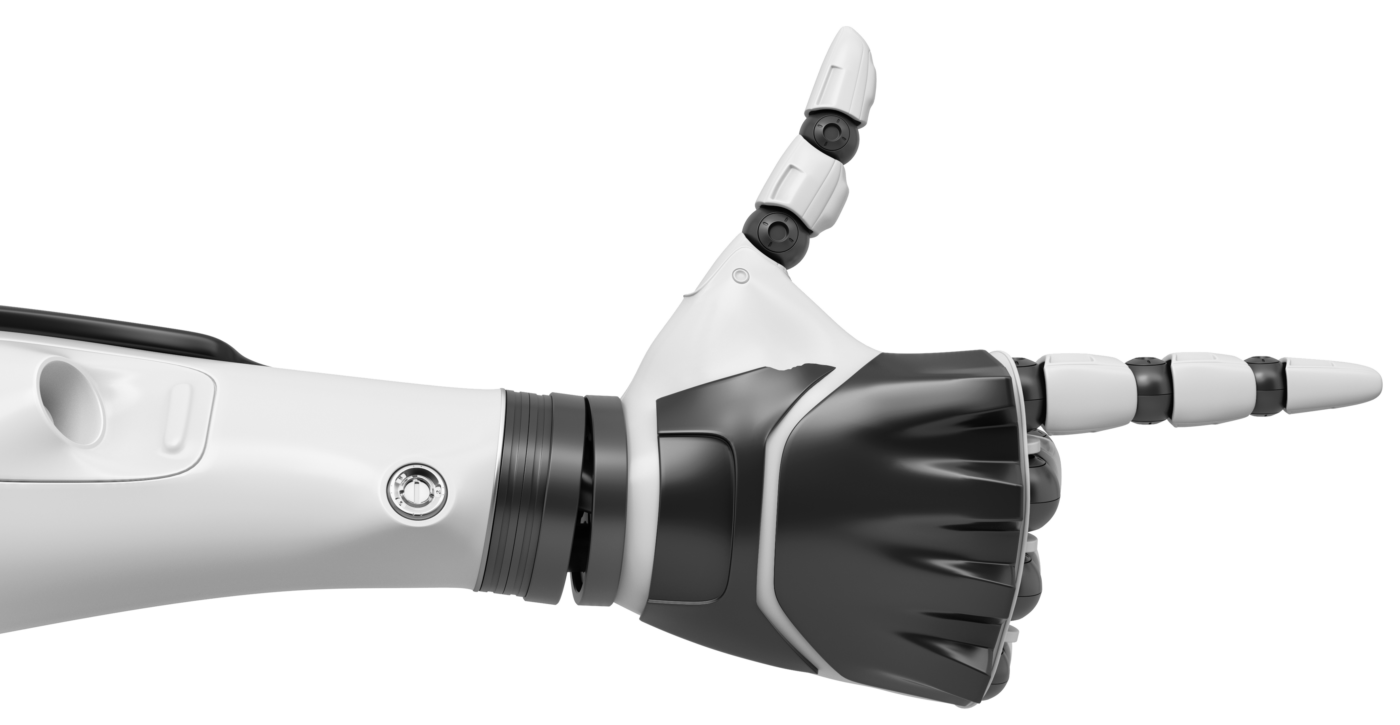Accelerating ADAS Adoption on the Road to Vision Zero

Approximately 1.3 million people lose their lives in road traffic accidents each year, according to the World Health Organization (WHO). While the circumstances of those accidents are infinitely varied, there’s one factor that unites far too many of them, and that is human error. At a time where car safety technology is advancing rapidly with each new generation, now is the perfect time to bring change, particularly in tackling driver fallibility.
The Vision Zero or Safe System approach to road safety recognizes that lives should not be compromised by the need to travel and it specifically aspires to minimizing fatalities and serious injuries due to human driver error. Fully endorsed by the WHO and the Organization for Economic and Development, it is a general call to action on safety; whether that relates to roads and roadside infrastructure, speed, vehicles or road users themselves. All of these elements have to be addressed holistically to reduce fatal accident levels.
In Europe, the EU has decreed that all new models of cars, vans, trucks and buses must be fitted with at least fifteen modern safety features from 2022 onwards. These range from previously-mandated features such as airbags and ESC (Electronic Stability Control) to new, intelligent Advanced Driver-Assistance Systems (ADAS) capabilities such as autonomous emergency braking, lane-keep assistance and driver awareness monitoring systems (see full list of EU’s safety features.)
This focus on the enhanced safety capabilities of ADAS is part of a concerted mission to avoid at least 140,000 serious injuries by 2038 and contribute to the EU’s Vision Zero goal of achieving zero fatalities and serious injuries by 2050.
ADAS technology’s role in saving lives
The European New Car Assessment Programme (Euro NCAP) has long been a trusted marker for a vehicle’s safety standards: I know I’m not alone in considering it a vital part of any new car purchase decision. Now, Euro NCAP is helping to accelerate the deployment of ADAS by building it into vehicle safety categorizations. Put simply, if carmakers want the highest NCAP safety rating for their new vehicle, they need to incorporate increasingly-capable ADAS technology.
Beyond active vehicle assistance, Euro NCAP also encourages the extension of in-vehicle monitoring systems from the driver to the whole cabin. For example, from 2022, safety points will be awarded for a vehicle’s ability to detect a child’s presence and trigger alerts should cabin temperature rise to dangerous levels. That may seem overly specific, but a reduction of the 30-50 child deaths each year in the US alone due to Pediatric Vehicular Stroke (PVS) deserves recognition within any safety standard. This technology can also extend to pets left in vehicles.
A safer automotive future, but who pays?

A mandated shift to ADAS in vehicles is an indisputably positive move, but it’s also likely to affect the economics of car manufacture and car ownership. On the positive side: as well as reducing accidents, operating costs could also go down as a more defined approach to safe and efficient driving (including speed limiters possibly) reduce the number of claims and the severity of repair bills.
However, the upfront cost of this technology must be considered: if even the cheapest compact car must accommodate hundreds of dollars’ worth of new ADAS technology, who pays?
Premium vehicle owners might already view ADAS features as part-and-parcel of the high-end vehicle experience, yet many —especially in developing markets—simply need to get from A to B as cheaply as possible. I wonder if a significant percentage of new car buyers, given a choice of options, would choose an engine, interior or entertainment system upgrade over an ADAS package?
In the short term, while global and national regulators define new guidelines and ultimately laws mandating assisted safety, overcoming the cost hurdle will require two key things: firstly, education, with consumers encouraged to view ADAS in the same way they might assess the need for air conditioning or a premium entertainment system – i.e. a benefit worth paying for. Secondly, it will require auto manufacturers to find a way of building in technology capable of increasingly complex, sensor-driven intelligence (like combining forward camera feeds with radar inputs) at a far lower cost than today.
To advance solutions, we’re engaged with multiple automotive partners about how the semiconductor industry, specifically the Arm ecosystem, can help. We’re exploring, for example, how the multiple disparate electronic control units (ECUs) that have traditionally made up a vehicle’s electronic infrastructure might be combined into a smaller set of zonal or domain compute elements, leveraging the integration benefits of silicon-based system-on-chips (SoCs). This consolidation of functions into SoCs enables reduced software fragmentation and sets the path towards software-defined functionality.
Crucially, this also has the potential to reduce the electronics’ bill of materials (BOM) for ADAS systems significantly. And while this system consolidation places greater requirements of computational performance, energy efficiency and safety conformance on the SoC, Arm’s approach is solution-centric. I’m talking about improved power efficiency for real-world workloads through the use of heterogenous compute elements, better fault detection and diagnostic capability within our Automotive Enhanced (AE) IP products (meeting stringent ISO 26262 functional safety standards), a focus on software and tools that is so critical to enabling the hardware and close partnership with a broad automotive ecosystem (including safety-specific expertise through our Arm Functional Safety Partnership Program).
A problem shared is a problem halved
If I am to see Vision Zero realized in my lifetime, affordability, education and regulation such as the EU’s 2022 mandate will be vital. Together, the automotive and semiconductor industries must do all they can to deliver global adoption of the ever-more-capable ADAS systems to save more lives, whether those people are vehicle occupants or other road users. Arm is playing its part through technology innovation and close ecosystem partnerships within the automotive industry.
It is my express hope that the EU’s 2022 mandate, driven by a shared vison of social responsibility jointly defined by auto makers, consumers and standards bodies, encourages us all to see ADAS not as a ‘nice to have’, reserved for technology option packages and premium vehicles, but something just as important as functioning brakes.
Read more from Chet Babla on the future of mobility in ACES: Framing the Future of Mobility.
Any re-use permitted for informational and non-commercial or personal use only.













